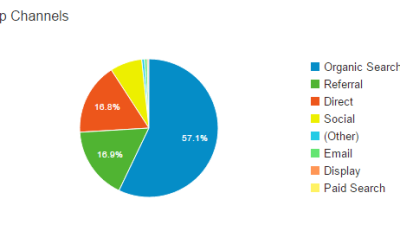In today’s digital age, security is a paramount concern for any web development project. Custom web development, while offering tailored solutions and unique functionalities, also comes with its own set of security challenges. Here are some key considerations to keep in mind to ensure your security considerations in custom web development project is secure:
1. Input Validation and Sanitization
One of the most common vulnerabilities in web applications is improper handling of user inputs. Ensure that all user inputs are validated and sanitized to prevent SQL injection, cross-site scripting (XSS), and other injection attacks. Use parameterized queries and prepared statements to safeguard your database.
2. Authentication and Authorization
Implement robust authentication mechanisms to verify user identities. Use multi-factor authentication (MFA) to add an extra layer of security. Additionally, ensure that users have the appropriate permissions to access resources by implementing proper authorization checks.
3. Secure Data Transmission
Protect data in transit by using HTTPS with SSL/TLS encryption. This ensures that sensitive information, such as login credentials and personal data, is encrypted and cannot be intercepted by malicious actors.
4. Data Encryption
Encrypt sensitive data stored in your database. Use strong encryption algorithms to protect data at rest, ensuring that even if the data is compromised, it remains unreadable without the decryption key.
5. Regular Security Audits and Penetration Testing
Conduct regular security audits and penetration testing to identify and address vulnerabilities in your web application. This proactive approach helps in discovering potential security flaws before they can be exploited.
6. Secure Coding Practices
Adopt secure coding practices and guidelines to minimize the risk of introducing vulnerabilities during development. Educate your development team on common security threats and best practices to follow.
7. Session Management
Implement secure session management practices to prevent session hijacking and fixation attacks. Use secure cookies, set appropriate session timeouts, and regenerate session IDs after successful login.

8. Third-Party Components and Dependencies
Ensure that any third-party components or libraries used in your project are regularly updated and free from known vulnerabilities. Use tools to scan for vulnerabilities in dependencies and apply patches promptly.
9. Error Handling and Logging
Implement proper error handling to avoid exposing sensitive information through error messages. Use logging to monitor and detect suspicious activities, but ensure that logs do not contain sensitive data.
10. Security Headers
Use security headers such as Content Security Policy (CSP), X-Content-Type-Options, and X-Frame-Options to protect against common web vulnerabilities. These headers help in mitigating risks like XSS, clickjacking, and MIME-type sniffing.
Conclusion
Security should be an integral part of the custom web development process. By following these best practices and staying vigilant, you can build secure web applications that protect your users’ data and maintain their trust. Remember, security is an ongoing process, and staying updated with the latest security trends and threats is crucial for maintaining a secure web environment.





